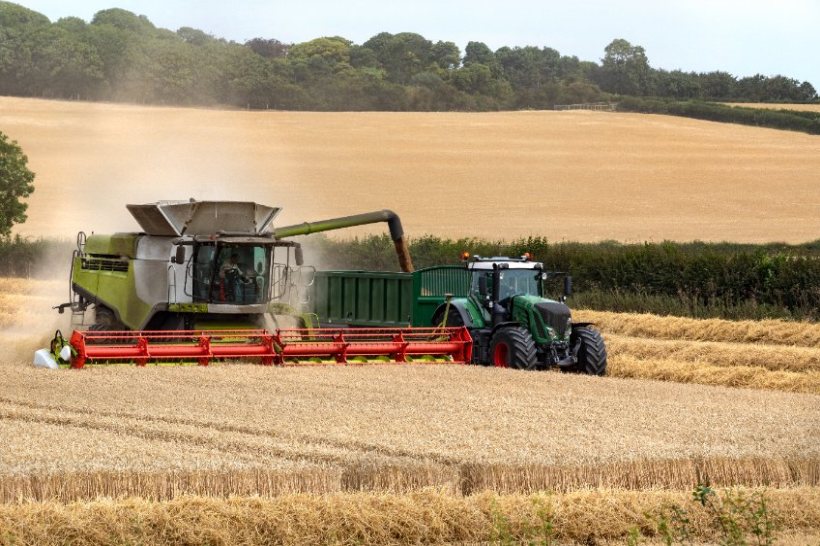
This year's harvest is now in the closing stages in most regions of Britain, with 95% of it completed according to the latest data.
This pace exceeds the five-year average of 69% complete by this point in the season (week 7), AHDB's report says.
This year is slightly ahead of 2018 which was 85 percent complete by week seven.
As harvest is now complete in the southern part of England, the overall rate of progress has slowed.
In week seven, just under 179,000 hectares was cleared, compared with almost 900,000 in week six, AHDB explains.
The GB winter wheat harvest is estimated to be 98% complete as at 23 August, with the majority of the crop that is left to be cut in Scotland.
Winter barley and winter oilseed rape (WOSR) harvests were completed in week five (week ending 9 August) and week six (week ending 16 August) respectively.
As at 23 August, the GB spring barley harvest was 81% complete, with 90% of the oat area also harvested.
Olivia Bonser, AHDB analyst, explained the issues facing farmers due to the weather: "Scattered heavy showers affected most regions in the past week, with lower temperatures too.
"The patchy nature of the rain meant that for many, showers were light or insignificant. Whilst others received sufficient rainfall to pause harvest or baling.
"However, the extended hot weather from the previous few weeks, meant that grains already had low moisture content," Ms Bonser added.
"Therefore, grain moisture content was still at a suitable level to harvest once the rain stopped. Some farmers took the opportunity to drill WOSR when the combine was parked up."
She said that the risk of combine and crop fires had been a major stressor for farmers this season, with increased attention to blowing out filters for dust at the end of the day.
"Water bowsers and tractors with a plough attached remain a common sight, ready to spring into action if a fire ignites."
